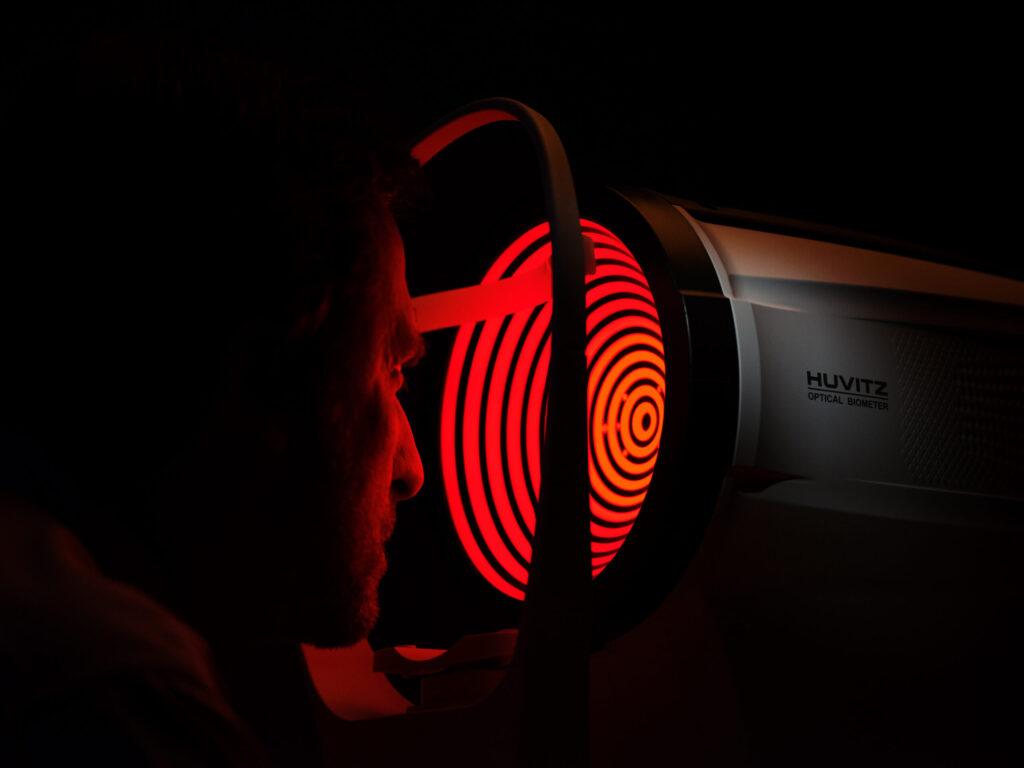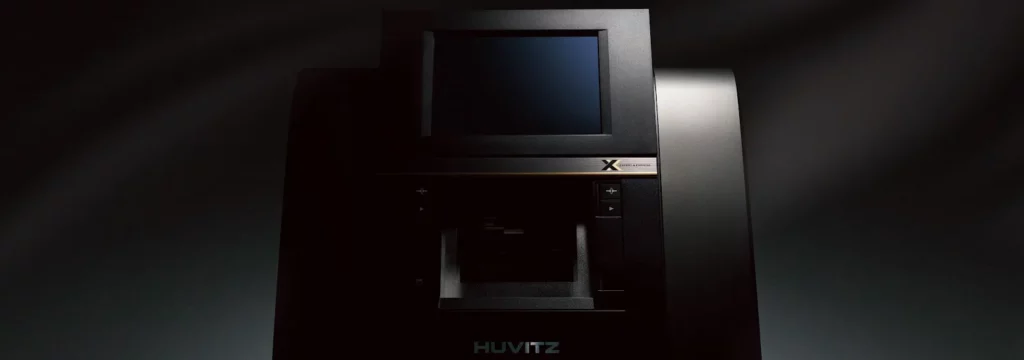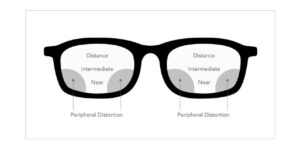Have you ever experienced discomfort or blurry vision even while wearing multifocal lenses? Ill-fitting lenses not only cause discomfort but can also lead to eye fatigue, and in severe cases, may even worsen your vision. Especially for multifocal lenses, which need to address both near and distance vision simultaneously, proper fitting tailored to your eye condition is crucial. If factors such as corneal curvature, tear distribution, and vision status are not accurately taken into account, you may feel discomfort despite wearing the lenses. Therefore, before selecting multifocal lenses, the first thing you should do is have your eye condition properly and accurately checked.
Why is accurate fitting necessary?
Since each individual has different corneal curvature and tear distribution, it’s difficult to address both near and far vision properly with just standard glasses lenses. That’s why a customized fitting based on accurate measurements is essential. Multifocal lenses, by their very design, have multiple focal zones. If they are not properly aligned with the curvature of the eye and focal points, it can cause blurred vision or even side effects like dizziness. Therefore, a more detailed fitting process is required.
Particularly for those trying multifocal glasses for the first time, it’s important to test the comfort and clarity of vision while making adjustments along the way. Without going through this process, it can be difficult to achieve the expected benefits from multifocal glasses.
How Multifocal Lens Fitting Works.
Fitting multifocal glasses is not just about trying them on but involves a detailed analysis of an individual’s eye condition. First, (1) a vision test is conducted to assess both near and far vision, along with measurements of corneal curvature and eye size. This data serves as the basis for selecting the right lens, as the type of lens varies depending on whether the cornea is flat or more curved. Next, (2) the process involves wearing the multifocal glasses to check focus alignment and comfort. This includes assessing the front fit (whether the lenses move naturally on the eyes) and the angle fit (whether the glasses are neither too loose nor too tight). Particularly, adjusting the eye-point focus is key in multifocal glasses fitting, so tests are conducted to ensure the near and far focus are aligned correctly for optimal clarity. Finally, (3) the fine-tuning process is repeated several times, ensuring the lenses sit securely and comfortably on the eyes, and the vision becomes clearer, resulting in a perfectly fitted of multifocal glasses.
Analyzing all the subtle refractions
HRK-8100A Series
As mentioned earlier, the most important aspect of multifocal glasses fitting is accurate data. The Huvitz HRK-8100A Series is a device that meticulously analyzes the eye’s refractive condition and corneal curvature, enabling precise measurements of even the smallest individual differences.
With WAVEFRONT TECHNOLOGY, it allows for personalized vision correction, and you can monitor in real-time whether the lenses sit securely on the eyes and if the near and far focus transition smoothly. When designing multifocal lenses, accurate data is essential!
With Huvitz’s HRK-8100A Series, error-free design is possible. If you’re looking to fit multifocal lenses, get an eye exam with Huvitz’s HRK-8100A Series!
#huvitz #Glaucoma #MultifocalGlasses #MultifocalLenses #MultifocalEyewearLenses #Presbyopia #HRK8100A



